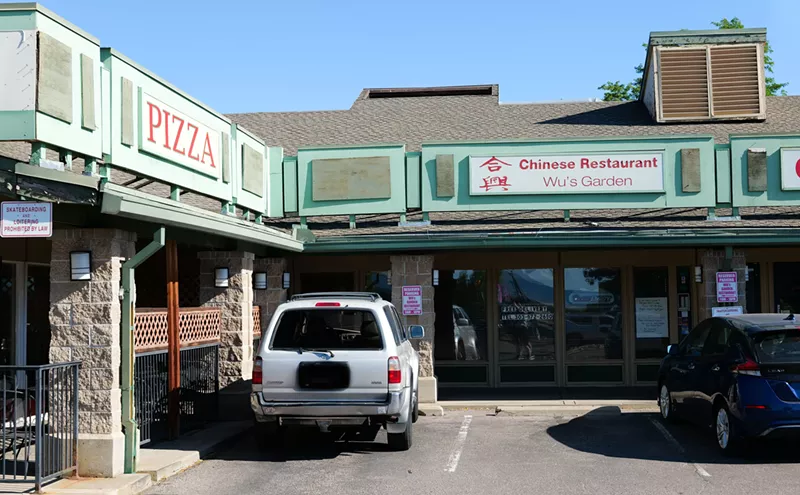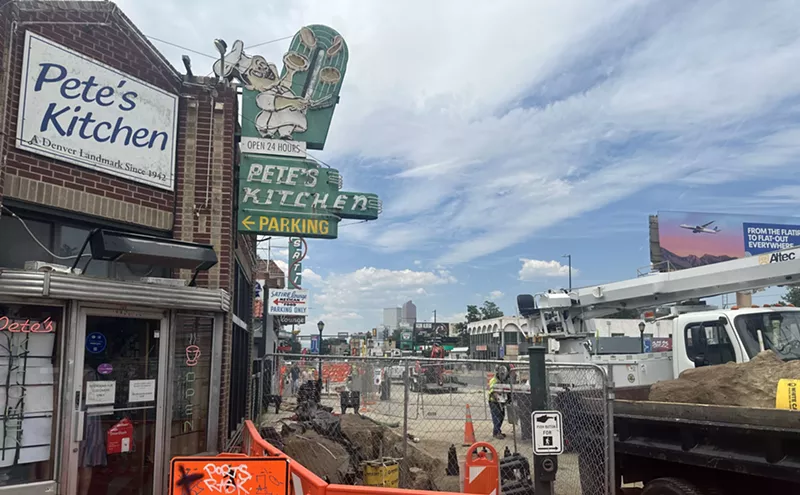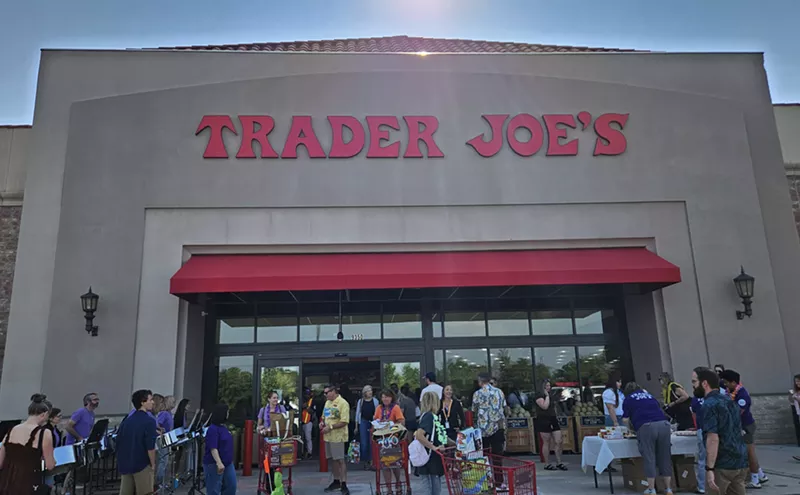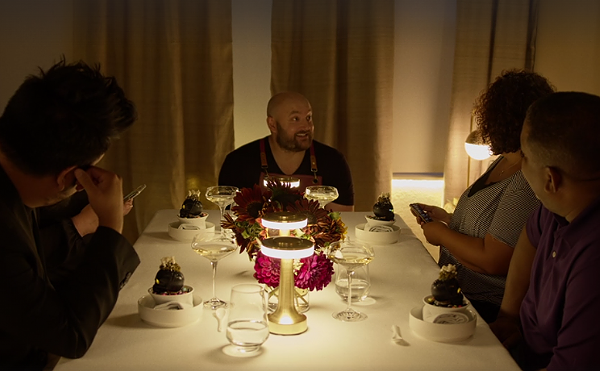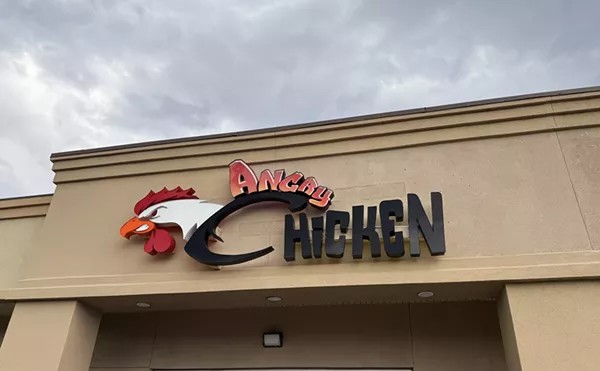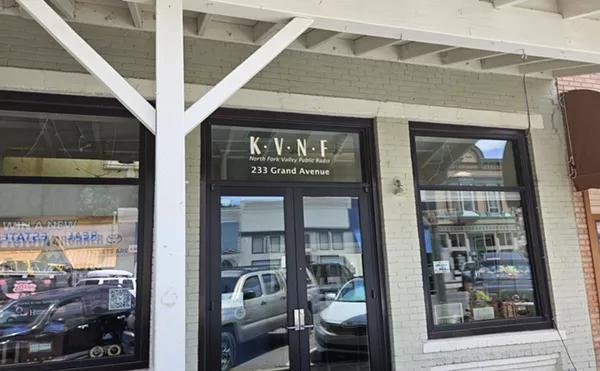The last two restaurants I've reviewed, the Bistro at Stapleton and Amass, seem to have little in common. With its long bar, community counter and seasonal patio, the Bistro serves as a home away from home for residents of restaurant-starved Stapleton, who drop by from morning to night for crepes, sandwiches and salmon. On the other side of town, Amass dishes up French-inspired fare - dinner only, with brunch on weekends -- in a sleek space that feels like a treehouse. Look closer, though, and you'll find a common thread: the chefs are making do with one hand strapped behind their back.
See also: Two Reviewers, Three Duplicate Restaurants Reviews in Three Months
Not literally, of course. But the reality is that both chefs are operating in small kitchens that lack the equipment you'd expect from a commercial operation. At Amass, for example, chef-owner Joe Troupe does the best he can without an exhaust system. "We don't have any open flames," he says, which is why he cooks proteins sous-vide. At the Bistro at Stapleton, executive chef Cristino Griego operates with a convection oven, two induction burners and a panini press, which he uses to cook steak.
When I run across one restaurant that operates this way, I think it's interesting. When I find two in two weeks, I can't help but think it's pointing to something bigger. To find out what, I turned to John Imbergamo, Denver-based restaurant consultant. "There's a combination of things going on," he says. One is the fact that in a restaurant boom, "lesser spaces get great consideration because [restaurateurs] are in a rush to open." Cost is another factor, given the daunting price of full build-outs. Lastly, a change in concept can also stretch a kitchen into territory it wasn't designed for. "Many times," he adds, "the hiring of a creative new chef will skew the concept from a simple sandwich shop or coffee bar into a full-service restaurant." This isn't entirely unlike what happened at the Bistro, though in this case chef Griego expanded the concept to meet neighborhood demand.
It bears mentioning, of course, that size is no guarantee of success - or failure. The original Squeaky Bean in Highland had a tiny kitchen outfitted with little more than camping equipment, but that didn't stop it from becoming a neighborhood -- and eventually, citywide -- darling. Here again, Imbergamo helps put things in perspective. When operating in a less-than-ideal space, "you just have to be very smart and very strategic about what you serve."
Follow @CafeWestword


